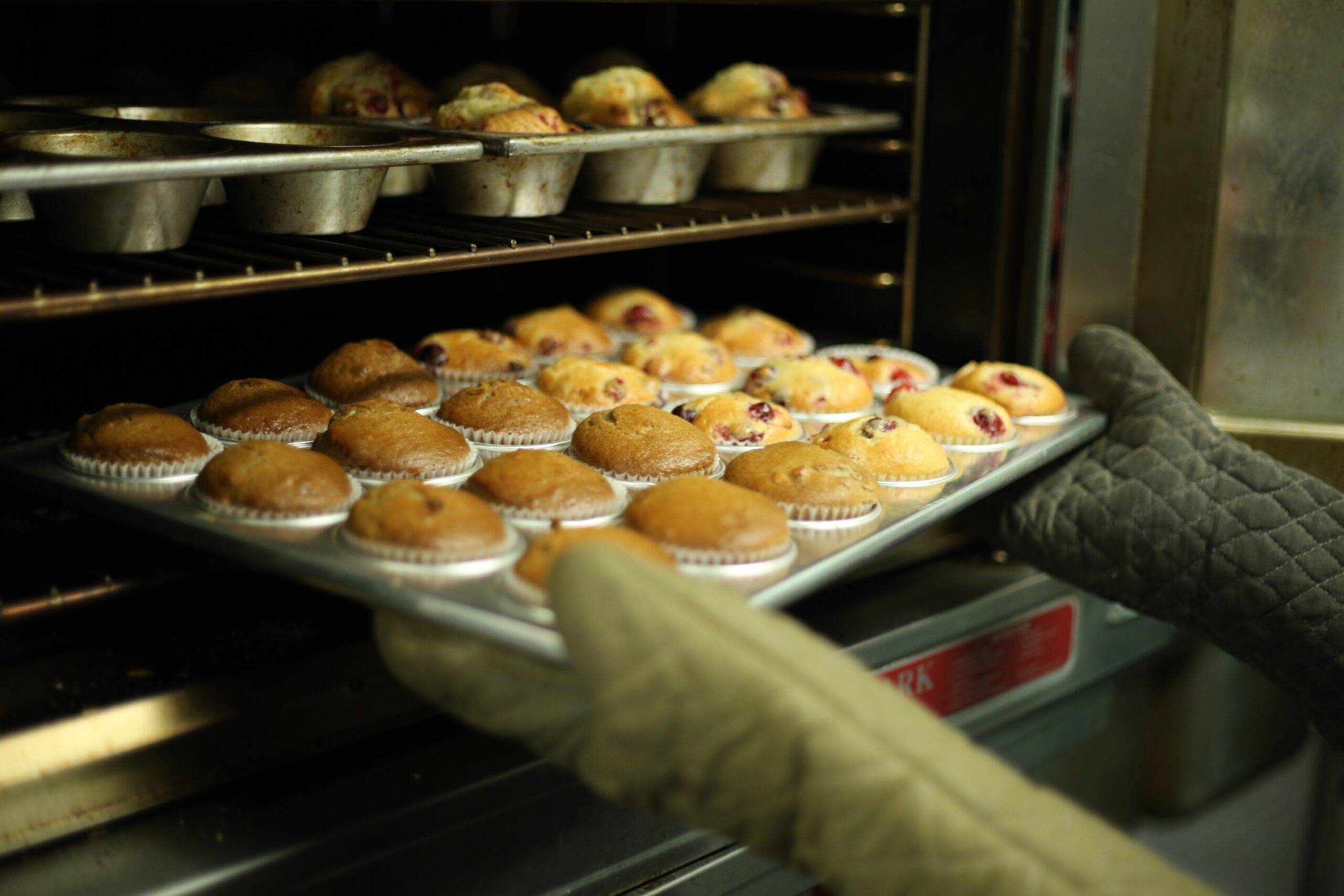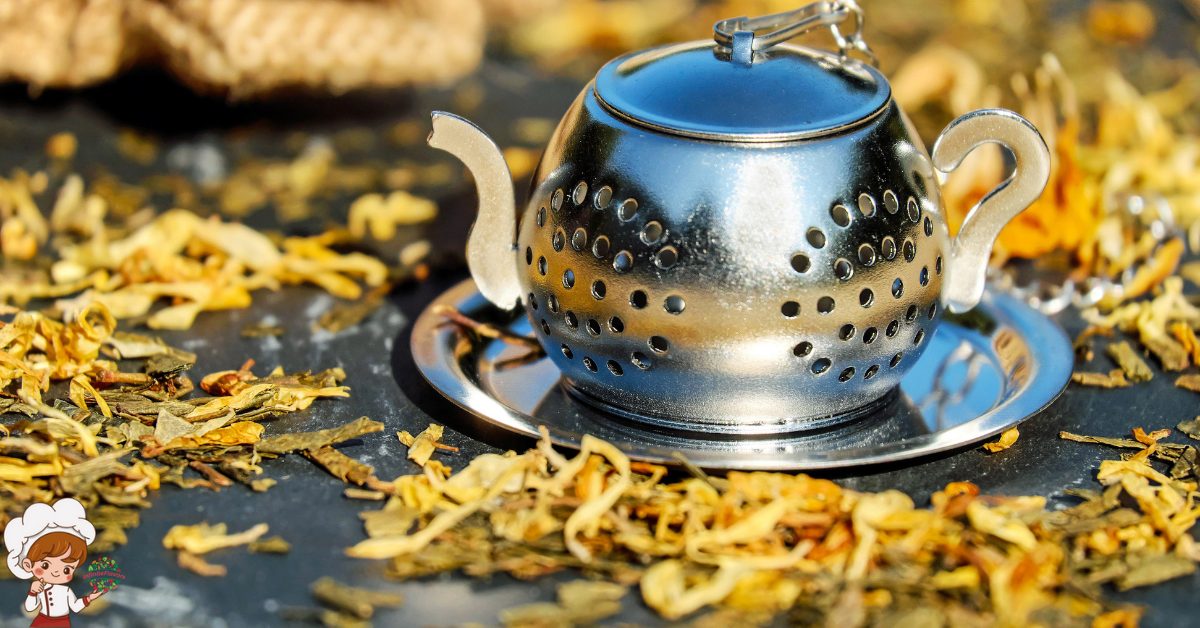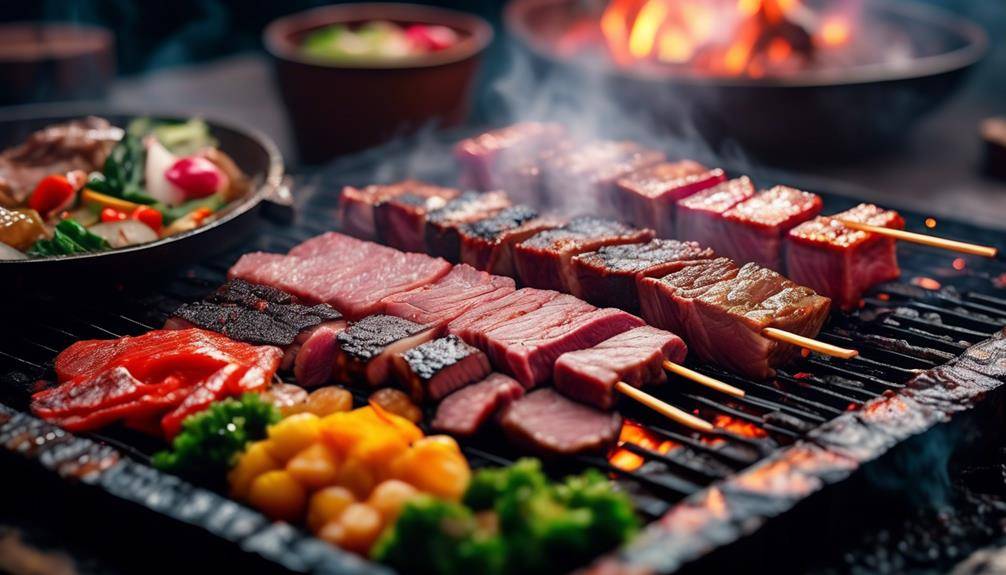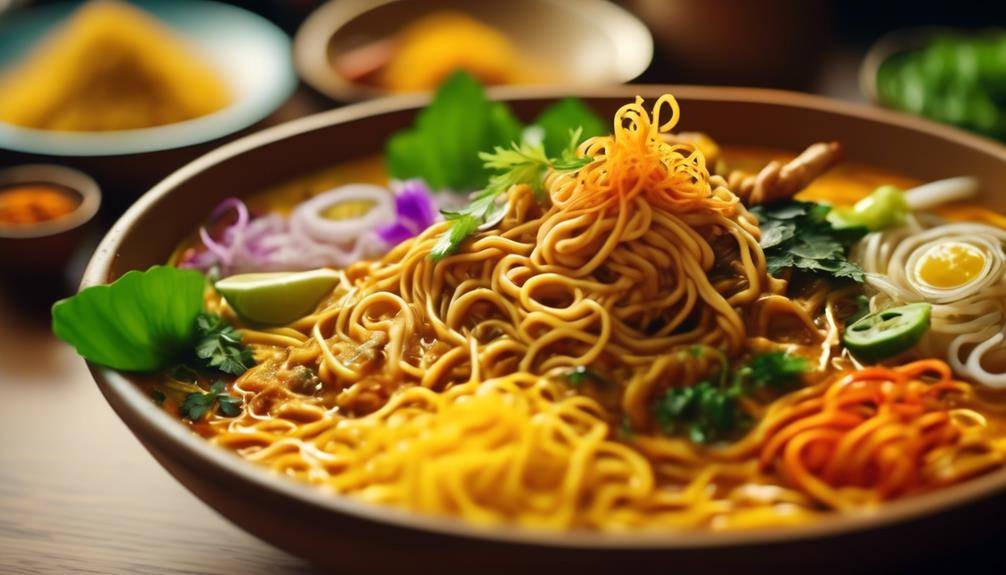How To: Smoking Meat With Applewood Chips
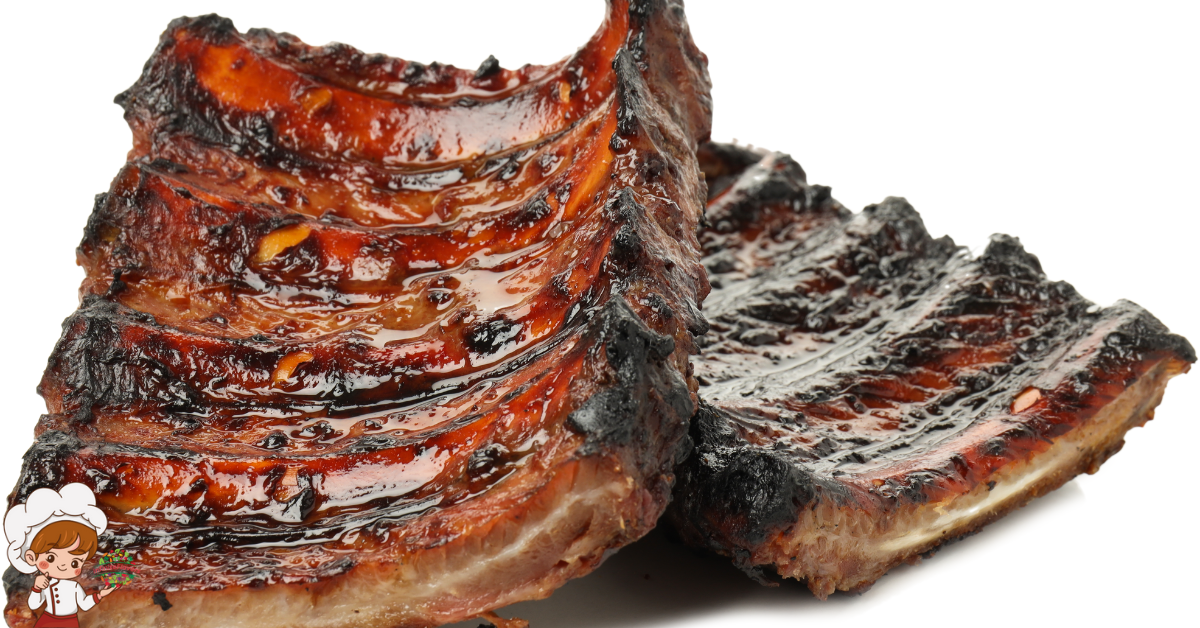
Smoking Meat With Applewood Chips is a fantastic way to enhance your grilling. The mild sweetness of applewood pairs exceptionally well with pork and poultry, infusing them with rich flavors. For the best results, soak your chips for about 30 minutes to prolong smoke time and achieve a juicy finish. Maintain a smoking temperature between 225°F and 250°F, and remember to choose the right cuts, like pork shoulder or whole chicken, for ideal absorption. As you experiment, you’ll discover the art of balancing flavors and techniques that create mouthwatering dishes. There’s so much more to explore!
Benefits of Applewood Smoking
Applewood smoking adds a delightful flavor to your meats that can elevate any dish. When you choose applewood, you’re not just enhancing taste; you’re also tapping into a range of health benefits. Smoking with applewood varieties, like sweet or tart, infuses your meats with a subtle sweetness that complements many flavors without overwhelming them.
One significant health benefit of applewood smoking is its ability to produce lower-fat meals. The smoking process can help render out excess fat while still retaining moisture, leading to juicy cuts that are healthier than traditional frying or grilling methods. Plus, applewood contains antioxidants that can contribute to overall health, reducing harmful free radicals in your body.
Additionally, applewood’s natural properties can create a unique flavor profile that encourages you to use leaner cuts of meat. This means you can enjoy delicious, savory dishes while still sticking to your health goals. The variety of applewood available allows you to experiment with different meats, from pork to chicken, ensuring that you get a flavorful experience with each bite.
Choosing the Right Applewood Chips
When you’re picking applewood chips for smoking, consider how the flavor profile will complement your meat. You’ll also want to think about the size of the chips, as this can affect the smoking process. Finally, understanding soaking techniques can help you achieve the best results for your cook.
Flavor Profile Considerations
Choosing the right applewood chips can considerably impact the flavor of your smoked meats. Applewood offers a mild sweetness, which complements a variety of meats, from pork to poultry. When selecting your chips, consider the smoky nuances you want to achieve. If you prefer a subtle flavor, opt for chips that haven’t been overly processed. These will provide a delicate smoke that enhances your dish without overpowering it.
Flavor balancing is essential in smoking. You don’t want the applewood to dominate; instead, it should harmonize with the natural flavors of the meat. For example, if you’re smoking a fatty cut like brisket, a stronger applewood chip can add depth, while a leaner cut may benefit from a gentler approach. You can also experiment by mixing applewood with other woods, like hickory or cherry, to create a unique flavor profile.
Chip Size Variations
Selecting the right chip size can greatly influence your smoking experience and the final taste of your meat. When you consider chip thickness differences, you’ll find that thinner chips ignite faster and produce a quicker burst of smoke. This can be perfect for shorter smoking sessions or when you want a subtle flavor infusion. On the other hand, thicker chips can smolder longer, providing a more prolonged smoke and deeper flavor, which is ideal for larger cuts of meat or extended cooking times.
You should also pay attention to wood moisture levels. Chips with higher moisture content will produce more steam, which can help keep your meat moist, but they may also take longer to catch fire. Conversely, dry chips ignite easily and create a robust smoke flavor but can lead to drier meat if not monitored closely.
Ultimately, the chip size and moisture content you choose should align with your smoking goals. Experimenting with different combinations can help you discover the perfect balance for your favorite meats, ensuring that each smoking session yields delicious results.
Soaking Techniques Explained
Soaking your applewood chips can enhance your smoking experience by adding moisture and prolonging the smoke time. When you soak the chips, they absorb water, which helps produce a steady stream of flavorful smoke. Aim for a soaking duration of at least 30 minutes to an hour for ideal results, but you can go longer if you prefer a more intense flavor.
However, soaking isn’t the only option. If you’re short on time, consider using dry chips, which can still impart a lovely applewood flavor. Some people even opt for soaking alternatives like using apple juice or cider instead of plain water. This can infuse an extra layer of sweetness into the smoke, complementing your meat beautifully.
Preparing Your Smoker
Before you start smoking with applewood chips, pick the right smoker for your needs. It’s essential to set up temperature control to guarantee your meat cooks evenly and absorbs that delicious smoky flavor. Let’s explore how to get your smoker ready for the perfect cook.
Selecting the Right Smoker
When it comes to preparing your smoker for the perfect applewood-infused flavor, choosing the right equipment is essential. There are various smoker types available, including electric, charcoal, and pellet smokers. Each type offers unique benefits, but your choice depends on your preferences and smoking style. Electric smokers provide convenience and consistent temperature control, while charcoal smokers give you that traditional smoky flavor but may lead to more temperature fluctuations. Pellet smokers combine elements of both, allowing for easy temperature management with rich, smoky results.
Consider your cooking space and the amount of meat you typically smoke. If you often smoke large cuts or multiple items, a bigger smoker can accommodate your needs. Additionally, check for features like adjustable vents and water pans to help manage airflow and moisture during the smoking process.
Ultimately, the right smoker should match your skill level and desired flavor profile. Whether you’re a beginner or an experienced pitmaster, selecting a smoker that fits your style will make all the difference in achieving that delicious applewood taste you crave.
Setting Up Temperature Control
Once you’ve selected the right smoker, the next step is to guarantee ideal temperature control for smoking with applewood chips. Proper temperature monitoring is essential to achieving that perfect smoky flavor. Start by using a reliable thermometer to keep an eye on the internal temperature of the smoker. Some smokers come with built-in gauges, but investing in a good digital thermometer can provide more accurate readings.
Next, focus on heat distribution. Make sure your smoker’s heat source is efficient and evenly spreads warmth throughout the cooking chamber. If you’re using a charcoal smoker, arrange the coals strategically to maintain consistent heat. In electric or pellet smokers, verify the heating element is functioning well and that the wood chips are igniting properly.
To maintain a steady temperature, adjust the vents accordingly. Opening the vents increases airflow, raising the temperature, while closing them helps cool it down. Remember to check the temperature periodically, especially during long smoking sessions. With effective temperature control, you’ll guarantee that your meat absorbs the rich, sweet flavor of the applewood chips, resulting in a mouthwatering dish that everyone will enjoy.
Soaking Applewood Chips
Soaking applewood chips enhances their ability to produce rich, smoky flavors during the smoking process. When you soak the chips, you increase their chip moisture, which helps prevent them from burning too quickly. This results in a longer, more controlled smoke that infuses your meat with a delightful applewood flavor.
The soaking duration can vary, but a good rule of thumb is to soak your chips for at least 30 minutes before using them. This timeframe strikes a balance, allowing the chips to absorb enough water without becoming overly soggy. If you soak them for too long, you risk diluting the flavor that the applewood brings to your meat. You might even find that a soaking duration of 1 to 2 hours works for you, especially if you’re using larger chips.
After soaking, make sure to drain the chips well. Excess water can create steam instead of smoke, which may affect the overall cooking process. When you’re ready to smoke, adding the soaked chips directly onto the heat source will create a beautiful aromatic smoke that enhances your dish.
Incorporating soaked applewood chips into your smoking routine is a simple yet effective way to elevate your meat dishes. The key is to find the right soaking duration that works for you, ensuring your chips maintain the perfect chip moisture level for an unforgettable smoking experience. Now that you’ve got this covered, you’re one step closer to mastering the art of smoking with applewood!
Best Meats for Applewood Smoking
When smoking with applewood chips, certain meats really shine. You’ll find that the mild sweetness of applewood complements pork, chicken, and turkey exceptionally well. Understanding these flavor profiles helps you choose the best cuts for your next smoking session.
Ideal Meats for Smoking
Applewood smoking enhances a variety of meats, but some cuts truly shine with its sweet, fruity flavor. When you think of ideal meats for smoking, consider pork, especially ribs and shoulder. The rich, fatty nature of these cuts absorbs the applewood smoke beautifully, creating a tender, flavorful experience.
Beef brisket also benefits from applewood smoking. The combination of low and slow smoking techniques helps render the fat while infusing that delightful sweetness. For chicken, whole birds or thighs work best, as they can soak up the applewood’s essence, resulting in juicy, flavorful meat with crispy skin.
Don’t overlook turkey, either. A smoked turkey breast can be a crowd-pleaser, especially during the holidays. For a more unique option, try smoking salmon. The subtle sweetness of applewood complements the fish without overpowering its natural flavors.
Experimenting with different meat cuts and smoking techniques can help you discover what you love most. By choosing these ideal meats, you’ll elevate your smoking game and impress your friends and family with delicious results.
Flavor Profiles of Applewood
Typically, applewood imparts a mild, sweet flavor that pairs exceptionally well with various meats. This unique taste makes it a favorite for smoking, especially in regions known for applewood varieties, such as the Pacific Northwest and parts of the Northeast. When you choose to smoke meats with applewood, you’ll find that it complements pork, poultry, and even beef beautifully.
For pork, the sweetness of applewood enhances the natural flavors, making it perfect for ribs or pulled pork. If you’re smoking chicken, applewood can add a delightful touch, giving it a slightly fruity aroma that elevates the dish. You might also consider using applewood for turkey during the holidays; the result is a moist, flavorful bird that your guests will rave about.
Beef can also benefit from applewood, especially cuts like brisket, where the sweet notes balance out the richness. Overall, whether you’re experimenting with different applewood varieties or exploring the best applewood regions, you’ll discover that this wood adds a comforting, delicious twist to your smoked meats. So fire up that smoker and enjoy the magic of applewood!
Smoking Times and Temperatures
Mastering the art of smoking meat requires a keen understanding of smoking times and temperatures. When you’re using applewood chips, it’s crucial to follow specific temperature guidelines to achieve the best results. Generally, you want to maintain a smoking temperature between 225°F and 250°F. This low and slow method allows the meat to absorb the flavors from the wood while cooking evenly.
The smoking duration varies based on the type and size of the meat. For instance, if you’re smoking a whole chicken, aim for about 3 to 4 hours. A pork shoulder typically requires around 8 to 10 hours, while ribs can take anywhere from 4 to 6 hours. To verify your meat reaches the right doneness, use a meat thermometer. For poultry, the internal temperature should hit at least 165°F, while pork and beef should reach 195°F to 205°F for maximum tenderness.
Keep in mind that factors like the thickness of the meat, the specific cut, and even the weather can affect your smoking duration. It’s a good idea to check your meat periodically, adjusting the heat as necessary to maintain those temperature guidelines. Remember, patience is key! The longer you can allow the smoke to envelop your meat, the more pronounced the flavors will be. Following these smoking times and temperatures will help you master the art of smoking with applewood chips, making sure your meat turns out juicy and flavorful every time.
Flavor Pairing With Applewood
When smoking meat, the type of wood you choose can greatly impact the flavor profile of your dish. If you’re using applewood, you’re in for a treat. This wood gives a sweet and fruity flavor that pairs beautifully with various meats. You’ll find that an applewood infusion can enhance your smoked dishes, creating a delightful balance of taste.
One of the best matches for applewood is pork. The sweetness of the wood complements the natural flavors of pork, whether you’re smoking ribs, loin, or shoulder. You’ll notice that tasting applewood brings out the richness of the meat, making each bite a burst of flavor. Chicken is another great option; the tender meat absorbs the lovely apple notes, resulting in a mouthwatering dish.
Beef, especially brisket, can also benefit from applewood. The sweet smokiness cuts through the richness of the meat, creating a complex flavor profile that keeps you coming back for more. If you’re adventurous, try pairing applewood with fish like salmon. The delicate infusion of applewood complements the natural oils in the fish, creating an unexpected but delightful combination.
Don’t forget about vegetables! If you’re smoking veggies, applewood can bring a touch of sweetness that enhances their natural flavors. Think about adding bell peppers, zucchini, or even corn to your smoke session. With applewood, you’ve got versatility in flavor pairing that can elevate any dish you decide to create.
Tips for Even Smoking
To achieve perfectly smoked meat, it is essential to maintain an even smoking temperature throughout the cooking process. Start by using a reliable smoker that allows you to control the temperature accurately. Whether you’re using a gas, charcoal, or electric smoker, consistency is key. Use a thermometer to monitor the internal temperature of your smoker, and adjust the vents or heat source as needed.
Next, focus on your wood selection. Applewood chips are great for imparting a mild, fruity flavor, but they can burn quickly if not managed properly. Soak your wood chips in water for about 30 minutes before adding them to the fire. This helps them smolder rather than burn, producing a steady stream of smoke without overwhelming your meat.
Another important tip involves your smoking techniques. When placing your meat in the smoker, make sure there’s enough space between pieces for smoke and heat to circulate evenly. Avoid overcrowding, as this can lead to uneven cooking and flavor distribution. If you’re smoking multiple items, consider their varying cooking times and plan accordingly.
Lastly, try to minimize opening the smoker’s lid. Each time you do, heat escapes, causing fluctuations in temperature that can impact your results. Instead, check your meat’s progress with a probe thermometer to guarantee it cooks evenly without losing heat. Following these tips will help you master the art of even smoking and achieve delicious, perfectly smoked meat every time.
Enhancing Marinades and Rubs
Enhancing your marinades and rubs can elevate the flavor of your smoked meat to new heights. By experimenting with different marinade variations and incorporating unique ingredients, you can create a flavor profile that perfectly complements the subtle sweetness of applewood smoke. Start with a basic marinade of oil, acid, and seasonings, then consider adding ingredients like apple cider vinegar, honey, or mustard for that extra depth. These elements not only tenderize the meat but also infuse it with a rich taste that pairs beautifully with applewood.
When it comes to rub enhancements, think beyond the standard salt and pepper. Add spices like smoked paprika, garlic powder, or brown sugar to deepen the flavor. You can also incorporate fresh herbs such as rosemary or thyme, which can bring a fresh contrast to the smoky notes. Consider using a touch of cinnamon or nutmeg for a surprising twist; these spices can harmonize well with the applewood aroma.
Don’t hesitate to mix and match flavors until you find your signature blend. Whether you prefer bold and spicy or sweet and tangy, the right marinade or rub can turn an ordinary piece of meat into an extraordinary dish. Remember, the key is to let your creations marinate for several hours, or even overnight, to fully absorb those delicious flavors before you smoke them to perfection. Enjoy the process and get ready for mouthwatering results!
Serving Suggestions
Serving smoked meat can be just as important as the smoking process itself, and there are plenty of delicious ways to present your dish. First, consider how you plate your smoked meat. A rustic wooden board can add charm and emphasize the smoky flavors. Arrange your slices artfully, and don’t forget to garnish with fresh herbs like parsley or rosemary for a pop of color and aroma.
When it comes to side dishes, think about smoked applewood appetizers that complement your main attraction. Mini sliders made with smoked applewood brisket, topped with tangy coleslaw, are sure to impress your guests. Alternatively, serve smoked chicken wings tossed in a zesty apple barbecue sauce for a finger-licking treat.
Pair your smoked meat with sides that enhance its flavor. Creamy mac and cheese, grilled corn on the cob, or a revitalizing coleslaw can balance the richness of the smoke. For something lighter, a crispy salad with a citrus vinaigrette can brighten the meal.
Don’t overlook beverage pairings, either. A chilled hard cider or a light lager can complement the applewood flavor beautifully. If you’re feeling adventurous, try a whiskey cocktail infused with apple notes to tie everything together.
Common Mistakes to Avoid
When smoking meat, it’s easy to make mistakes that can ruin your dish. One common error is over smoking meat, which can lead to an overwhelming, bitter flavor. It’s vital to find the right balance. Remember, more smoke doesn’t always equal better taste. Instead of using too much, start with a smaller amount of applewood chips and gradually increase if you feel it’s necessary. You can always add more, but it’s tough to fix an overly smoky flavor once it’s there.
Another mistake is neglecting to soak your applewood chips. While some folks swear by dry chips for a stronger smoke, soaking them for at least 30 minutes can help create a more controlled smoke release. This technique allows your chips to smolder rather than burn, providing that mellow flavor you’re aiming for.
Temperature management is also important. If your smoker is too hot, you risk cooking the meat quickly without allowing the smoke to infuse properly. Use a reliable thermometer to monitor the internal temperature, ensuring you maintain a consistent heat level throughout the process.
Lastly, avoid opening the smoker too often. Each time you lift the lid, you let heat and smoke escape, prolonging the cooking time and affecting the final flavor. Trust the process, be patient, and let the smoke work its magic. By steering clear of these common pitfalls, you’ll be well on your way to achieving perfectly smoked meat.
Cleaning and Maintaining Your Smoker
Cleaning and maintaining your smoker is essential for guaranteeing the best flavor in your smoked meat. A well-maintained smoker allows the natural flavors of your applewood chips to shine through, enhancing your culinary creations. Start by setting a regular cleaning schedule; after each use is ideal, but at a minimum, aim for once a month.
Begin with the ash and grease trays. Empty them after every smoking session to prevent unwanted flavors from developing. Use a scraper or a brush to remove any built-up residue from the walls of the smoker. For stubborn spots, employ a mix of warm, soapy water and a non-abrasive scrubber. Rinse thoroughly and dry before reassembling.
Next, focus on the grates. Soak them in hot, soapy water for about 30 minutes, then scrub with a grill brush to eliminate food particles. Rinse them well and dry completely before placing them back into the smoker.
Regular smoker maintenance also includes checking the seals and gaskets. If you notice any wear or damage, replace them to maintain proper airflow and temperature.
Lastly, don’t forget about the exterior. Wipe it down with a damp cloth to remove any dirt or grease buildup. Keeping your smoker clean not only prolongs its life but also guarantees a consistently enjoyable smoking experience. By following these cleaning techniques, you’ll keep your smoker in top shape and ready for your next flavor-packed adventure.
Frequently Asked Questions: Smoking Meat With Applewood Chips
Can I Mix Applewood Chips With Other Wood Types?
Yes, you can mix applewood chips with other wood types. Experimenting with different wood combinations enhances flavor profiles, creating unique tastes. Just remember to balance the strengths of each wood for the best results. Enjoy!
How Do I Store Leftover Applewood Chips?
To store leftover applewood chips, keep them in a cool, dry place. Use airtight containers for ideal chip longevity. Remember these storage tips, and your chips will stay fresh for your next smoking session!
Are There Any Health Risks With Smoking Meat?
Yes, there are health risks with smoking meat. You might face increased cancer risk and respiratory issues due to harmful chemicals produced during the process. It’s crucial to be aware and take precautions while enjoying smoked foods.
Can I Use Applewood Chips in a Charcoal Grill?
Yes, you can use applewood chips in a charcoal grill. They’ll add a sweet flavor profile and moderate smoke intensity, enhancing your grilled dishes. Just soak the chips beforehand to create the perfect smoky experience.
Do Applewood Chips Affect Cooking Times?
Yes, applewood chips can affect cooking times. They influence cooking temperatures and extend smoking duration. If you adjust your heat and monitor closely, you’ll achieve that perfect smoky flavor without overcooking your meat.
Conclusion
Incorporating applewood chips into your smoking routine can elevate your meats to a whole new level. You’ll enjoy the sweet, fruity flavor that pairs perfectly with a variety of meats. Remember to choose quality chips, prepare your smoker properly, and experiment with marinades to find your favorite combinations. By avoiding common mistakes and keeping your smoker clean, you’ll guarantee delicious results every time. So fire up that smoker and enjoy the mouthwatering rewards of applewood smoking!



